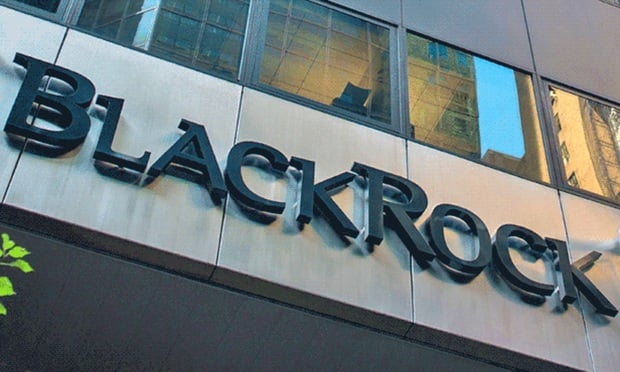 (Photo: Shutterstock)
(Photo: Shutterstock)
Auto-enrollment and auto-escalation features have proven effective in improving retirement savings for employees in defined contribution plans. However the most common defaults currently offered may not be sufficient for employees to reach their maximum retirement savings potential, especially if they don't stay in their job long-term.
Slightly adjusting default auto-escalators and escalation intervals could improve savings without dissuading employees from participating, according to a field study conducted by the Voya Behavioral Finance Institute for Innovation.
Recommended For You
"We live in a world of 'auto-everything,' which has helped to provide greater opportunity for individuals to be saving more for their future," said Tom Armstrong, head of the institute. "But by helping workers get to the right savings rate in less time, employers have a real opportunity to design auto-escalation processes that help employees be more prepared for retirement."
The most common default escalator employers choose in their plan design today is 1% per year, and nearly all individuals who enroll choose to keep the 1% default escalation, according to the study. Voya wondered what would happen if plan sponsors chose a 2% automatic escalator instead. To find out, it conducted a study that varied plan enrollees' views of 1% or 2% default auto-escalation rates and offered escalation intervals of one year, six months or three months.
Those who enrolled at a default of 1% tended to remain at this escalation without considering an increase. Among employees who were shown a 2% default escalator and decided to enroll, roughly half stuck with the default of 2%, while the majority of the remaining individuals switched back to 1%, but still chose to escalate.
Related: Putting 401(k)s on autopilot: Take plan design to the next level in 2023
In addition, among employees who decided to enroll in automatic escalation, a significant amount of employees were also willing to escalate before 12 months had elapsed. About 54% said they would be willing to escalate in 90 days and 67% said they would escalate in 180 days.
The study discovered that the higher default escalator of 2% did not meaningfully increase the amount of employees who initially declined auto-escalation altogether. However, the more aggressive default delays, which led to escalation beginning sooner, did modestly reduce escalation enrollment from 23% to 18%.
According to Voya, a slow escalator would still lead to many years of saving at a high rate if employees remained at the same job for decades. However the median employee tenure in 2022 was only 4.3 years, according to the Bureau of Labor Statistics.
"Ultimately, our findings also highlight the need for additional research to help determine the optimal escalation default for different types of employees," said Armstrong. "By creating more personalized defaults and in striving to optimize the design of retirement savings products, employers should not overlook the importance of appropriately setting and personalizing auto-escalation defaults."
Kristen Beckman is a freelance writer based in Colorado. She previously was a writer and editor for ALM's Retirement Advisor magazine and LifeHealthPro online channel.
© Touchpoint Markets, All Rights Reserved. Request academic re-use from www.copyright.com. All other uses, submit a request to [email protected]. For more inforrmation visit Asset & Logo Licensing.






